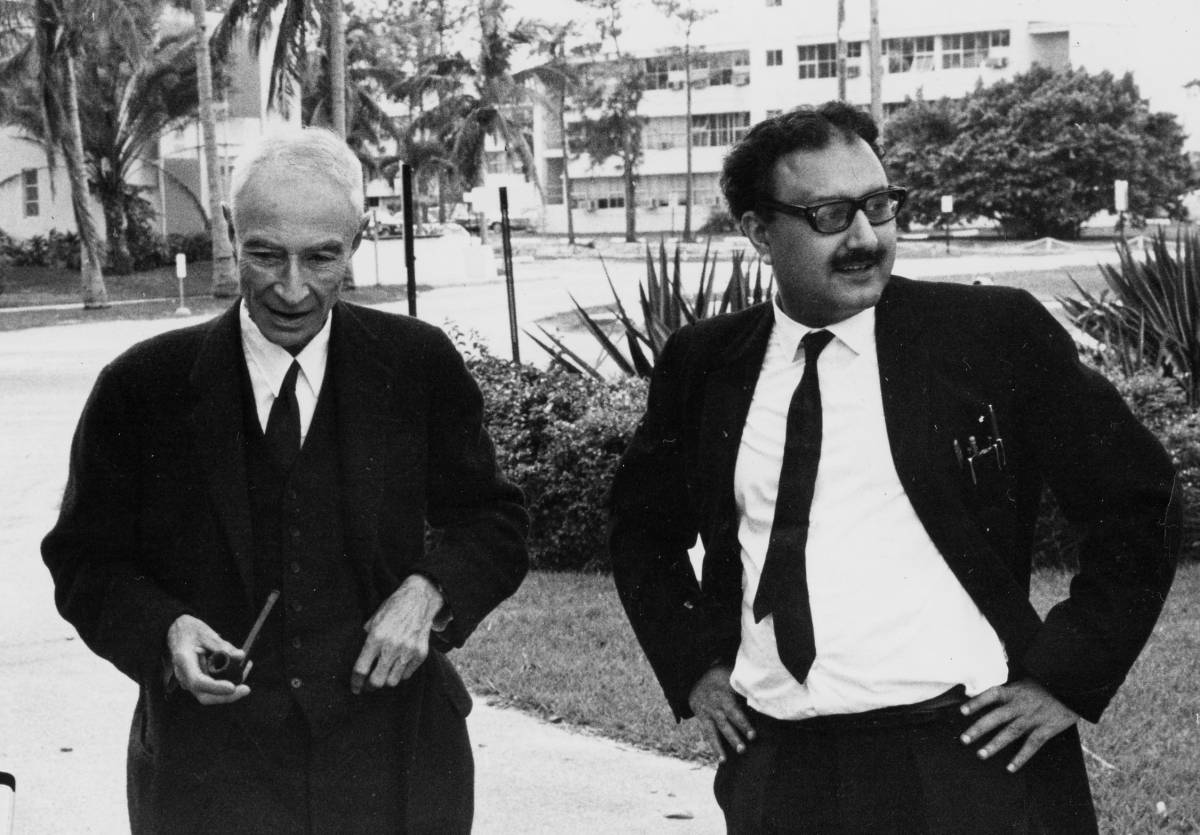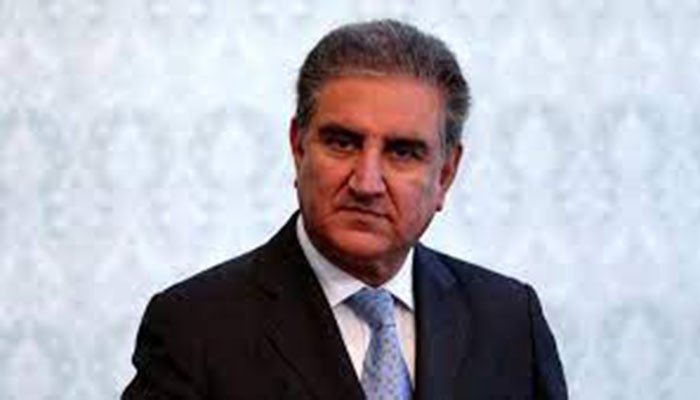President Donald Trump announced a 90-day suspension of higher tariffs for most of the U.S.’s trading partners, just hours after these tariffs were set to take effect. However, this pause excludes China, as tensions between the world’s two largest economies continue to intensify, with Trump’s administration increasing tariffs on Chinese goods to a staggering 125%.
This unexpected announcement follows widespread market turmoil triggered by the previous tariff hikes. The decision to pause the higher tariffs provides temporary relief to countries like the European Union, Vietnam, and South Africa, all of which were originally set to face increased levies ranging from 11% to over 100%. However, the baseline 10% tariff on all imports remains in place, signaling that the U.S. is still determined to reshape global trade dynamics.
The Pause and Its Impact on Global Markets
Trump’s announcement comes after a week of market chaos, with global stock markets experiencing a sharp sell-off that erased trillions in value. In particular, U.S. Treasury interest rates spiked to 4.5%, marking the highest level since February. As a result, many investors feared the possibility of a looming recession, driven by trade disruptions and rising costs.
The temporary suspension of tariffs, however, provided an immediate boost to markets. U.S. stocks surged, with the S&P 500 climbing 9.5% in a single day. This rally reflected optimism that the U.S. was easing its aggressive trade stance. Yet, experts caution that this relief might only be temporary, as the underlying trade tensions remain unresolved.
China at the Center of the Trade Conflict
While the tariff pause affects many countries, the U.S. remains focused on China. Trump’s decision to ramp up tariffs on Chinese goods to 125% escalates an already tense situation. The U.S. administration has long accused China of unfair trade practices, intellectual property theft, and economic manipulation. In retaliation for the previous tariffs, China had already imposed a 34% levy on U.S. imports, prompting Trump to threaten additional tariffs, bringing the total to 104%.
Now, with China refusing to back down, Trump’s new tariffs on Chinese goods will further deepen the rift between the two countries. China’s response has been equally forceful, with officials announcing a retaliatory tariff increase of 84% on U.S. goods. This tit-for-tat escalation has fueled fears of a protracted trade war with global repercussions.
The Consequences for Global Trade
The impact of this trade conflict extends far beyond the U.S. and China. The World Trade Organization (WTO) has warned that a continued escalation could lead to an 80% reduction in trade between the two nations, representing a $466 billion drop in global trade. The deteriorating relationship between these economic giants is already causing disruptions in supply chains, price hikes, and uncertainties for businesses worldwide.
Trump’s insistence on increasing tariffs against China is partly driven by his belief that Beijing has exploited the U.S. for far too long. In a statement on Truth Social, Trump declared that China “will realize that the days of ripping off the U.S.A. are over.” However, such rhetoric risks further damaging the relationship, as China views these measures as economic bullying.
Europe, South Africa, and Other Partners: Temporary Relief
While the U.S. has temporarily suspended higher tariffs for many countries, the pause does not affect all nations equally. The European Union, which was among the countries set to face customized tariffs, will benefit from the 90-day suspension. However, EU retaliatory tariffs against the U.S. are still set to take effect on April 15, 2025, in response to U.S. actions.
Countries like Mexico and Canada, vital trade partners for the U.S., are exempt from the baseline 10% tariff. Yet, the broader global uncertainty caused by these shifting policies continues to affect international trade relations. For nations not involved in the immediate U.S.-China conflict, the pause offers temporary respite, but the long-term consequences of these trade disruptions remain unclear.
Will the Trade War End?
As Trump continues to intensify the pressure on China, the future of the trade war remains uncertain. The decision to pause tariffs for most countries might signal a willingness to de-escalate tensions with other trading partners, but the U.S.-China rift seems far from resolution. While the 90-day pause brings short-term relief, analysts predict that the long-term effects of these trade wars will continue to ripple across the global economy.
The 90-day suspension of tariffs offers a brief reprieve for many countries, but the escalating trade conflict with China remains the focal point of U.S. policy. With global markets recovering momentarily and China responding with sharp retaliation, the world watches as the U.S. navigates this turbulent chapter in international trade relations. The pause might be a temporary solution, but the road ahead remains fraught with uncertainty and potential economic fallout.
Related stories:
The First World War of Trade Has Begun and Tariffs Are the New Bombs
Trump Threatens 50% Tariff on China Amid Escalating Trade War
Trump’s New Tariff War: Which Countries Are Hit, Who Escapes, and How It’s Backfiring on the U.S
















